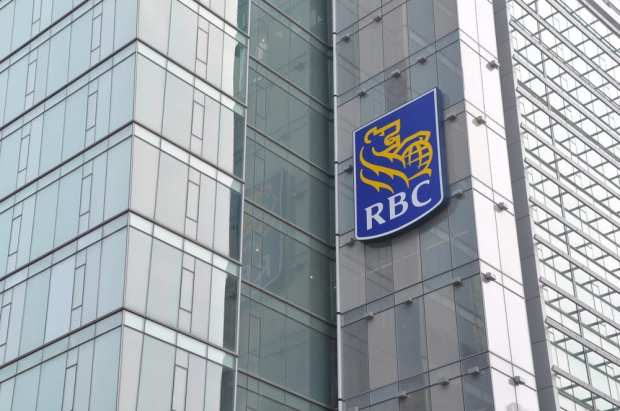Canada’s Path Toward B2B Payables Modernization

Canada is embracing the payments modernization journey, with organizations like Payments Canada driving adoption of faster, more agile payment functionality in the country. Some of the biggest industry trends, including faster payments, open banking and bank-FinTech collaboration, have found their ways into the Canadian market, the B2B payments space is not immune to disruption from these shifts.
Lisa Lansdowne-Higgins, vice president of business deposits and treasury solutions at the Royal Bank of Canada (RBC), recently told PYMNTS that these three disruptors have a significant opportunity to shake up accounts payable processes thanks to the impact they have on data.
“They all have one thing in common: A focus to improve the client experience by reducing friction in the traditional paper-based B2B payments process,” she told PYMNTS. “They all strive to provide greater transparency and speed while being data-rich and interconnected, which allows a company to develop contextual insights to improve their business.”
Traditional accounts payable suffers multiple points of friction often rooted in that data is stored on paper or stuck in emails, is rarely integrated across multiple back-office systems, and is not easily digitized and analyzed for reconciliation and cash management purposes.
The data focus of faster payments, open banking and bank-FinTech collaboration makes these trends surprisingly agile vehicles for B2B payments disruption.
Faster Payments
As Canada continues on its path toward near real-time payments by 2020, the country is looking at other markets’ experiences — which increasingly include applications for corporate transactions.
While faster payment capabilities are beginning to gain traction in corporate payment use-cases like payroll, gig worker compensation and intercompany payments, what faster payment technologies offer in accounts payable, some analysts say, has less to do with speed than it does with data.
A recent report from Deutsche Bank explored the opportunities of faster and real-time payments in the corporate treasury function, pointing to foreign exchange management, for instance, as one area in which visibility into transaction data is key. Such visibility enables real-time analysis of risk exposures for more agile FX hedging and risk management.
SWIFT’s gpi service is another example of the data opportunity in faster payments, with the technology facilitating same-day, cross-border payments with full traceability into that transaction.
Innovators’ focus on payments transparency, traceability and the data connected to a transaction shows vast opportunity in accounts payable for more seamless reconciliation and analytics-related processes like cash flow forecasting.
Open Banking
While Canada has not yet enacted open banking regulatory requirements, much like the U.S., the Canadian financial services space is watching Europe’s experience closely as customers demand more integrated experiences.
According to Lansdowne-Higgins, among the biggest challenges in accounts payable today is the data silos. Organizations that use multiple payment products — including ACH, credit cards, checks and wire — struggle to integrate data from those tools into back-office platforms. Plus, those back office platforms aren’t always integrated with each other, either.
Businesses need “one place to automate the invoice-to-pay process, allowing for multiple payment types to pay suppliers domestically and internationally in multiple currencies,” she said.
Open banking and application programming interface (API) integrations support that data connectivity between bank accounts and financial portals like accounting systems, which, added Lansdowne-Higgins, saves time on processes like reconciliation. These integrations also support connectivity between accounts payable and vendor portals for faster supplier on-boarding and seamless reconciliation on the vendor side, too.
Bank-FinTech Collaboration
Traditional and alternative financial services providers have increasingly recognized the power in combining forces to tackle some of the biggest issues in B2B payments. API integrations support these partnerships, while mergers and acquisitions (M&A) is increasingly another popular strategy for financial institutions to add digital-first products for their corporate customer base.
RBC recently took that route with the acquisition of accounts payable technology firm WayPay, announced Tuesday (July 9). In a statement announcing the takeover, RBC Executive Vice President of Business Financial Services Greg Grice said the deal allows the bank to expand its digital business-focused services and products as corporates migrate away from paper in accounts payable processes.
Lansdowne-Higgins told PYMNTS that it addresses the disjointed experiences of accounts payable while addressing the problem of limited data and transaction details that accompany a payment as a result of paper-based processes.
“Data is [a] critical part of the accounts payable process because it enables automated reconciliation for both buyers and sellers in a B2B solution, [and] enables the ability to help clients optimize payment types, save money and improve cash flow,” she said.
With Canada progressing toward payments modernization, B2B payments have an opportunity to jump on the innovation train, too, for a more integrated payables experience.
